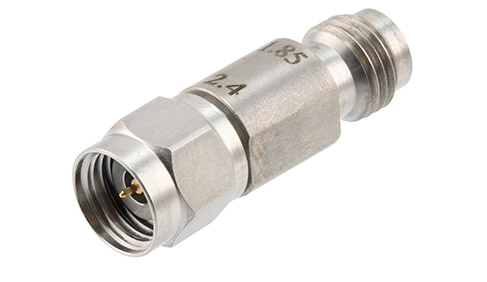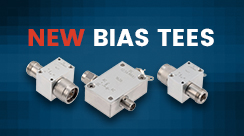Maximizing RF System Performance with Fixed Attenuators and Terminations

Precision and control are critical for achieving optimal system performance in RF technology. Whether you're working in telecommunications, aerospace, or advanced research labs, understanding how to manage signal strength effectively can make a significant difference in the reliability and efficiency of your systems.
Why RF Fixed Attenuators and Terminations Matter
At their core, RF fixed attenuators are passive devices designed to reduce the power level of an RF signal without distorting its waveform. This is essential for:
- Protecting Sensitive Equipment: High-power signals can damage delicate components in receivers or test equipment. Attenuators help mitigate this risk by controlling signal levels.
- Improving Measurement Accuracy: In testing environments, precise attenuation ensures that instruments measure true signal characteristics without being overloaded.
- Enhancing System Stability: By managing reflections and impedance mismatches, attenuators contribute to overall system reliability.
Paired with RF terminations, which absorb unused signals to prevent reflections, these components are indispensable for maintaining signal integrity. Terminations help prevent standing waves and reduce signal degradation, especially in high-frequency environments.
Key Applications of RF Fixed Attenuators and Terminations
- Testing and Measurement: Ensuring accurate, repeatable test results in lab environments.
- Telecommunications: Managing power levels in high-frequency communication networks.
- Broadcast and Satellite Systems: Optimizing signal distribution while minimizing loss.
- Aerospace and Defense: Enhancing the performance and reliability of mission-critical RF systems.
Common Challenges in RF Signal Management and How Attenuators Help
Managing RF signals isn’t without its challenges, especially as systems become more complex and demand higher frequencies. Some common issues include:
- Signal Reflection and Standing Waves: Reflections can cause interference and reduce system efficiency. RF attenuators help by controlling impedance mismatches, minimizing these reflections.
- Overloading of Receivers: High-power signals can overwhelm sensitive receivers, leading to distortion or damage. Attenuators regulate signal strength, protecting critical components.
- Thermal Management: High-power RF systems generate heat, which can affect performance. Using attenuators helps manage power levels, reducing thermal stress on equipment.
- Maintaining Signal Integrity Over Long Distances: In applications like telecommunications, signal degradation over distance is a concern. Attenuators ensure consistent signal quality by controlling power fluctuations.
Choosing the Right RF Attenuator or Termination
When selecting an attenuator or termination, consider the following factors:
- Frequency Range: Ensure the device supports the required operating frequency.
- Power Handling: Match the power rating to your system's needs to avoid overheating or failure.
- Attenuation Level: Choose the appropriate dB value based on how much you need to reduce the signal strength.
- Connector Type: SMA connectors are popular for their reliability in high-frequency applications.
Introducing Fairview Microwave’s RF Fixed Attenuators and Terminations
For professionals seeking high-quality, reliable components, our RF fixed attenuators and terminations are engineered to deliver exceptional performance:
- SMA Connectorized Designs: Ensure secure, high-frequency connections.
- Wide Attenuation Range: Options from 1 to 10 dB, plus 20 dB and 30 dB, for flexible application use.
- High Power Ratings: Handle up to 20W (CW), suitable for demanding RF environments.
- Superior Frequency Performance: Optimized for applications up to 26GHz.
- Durable Terminations: Rated for 5W, 10W, and 20W loads, built for longevity.
If you’re looking to enhance your RF system's reliability and performance, explore our range of RF fixed attenuators and terminations. Discover our solutions today

